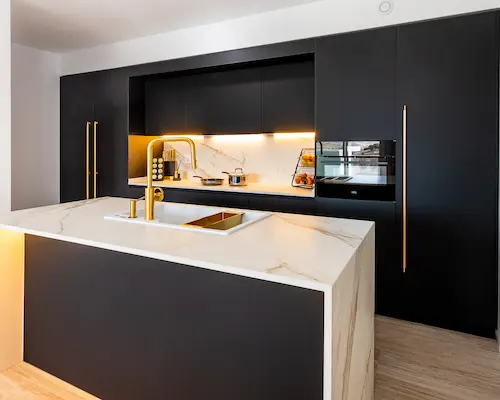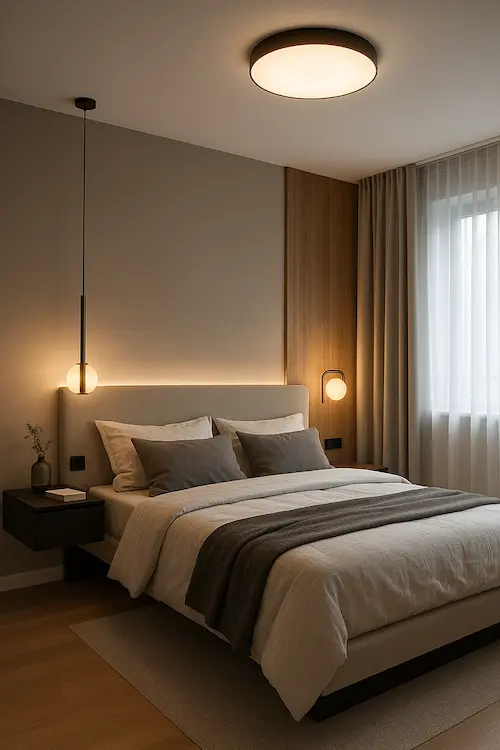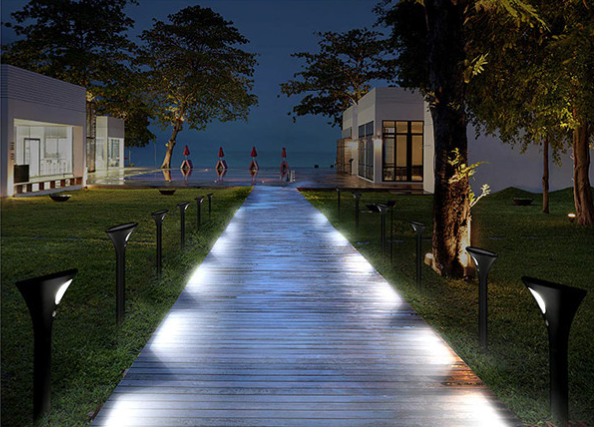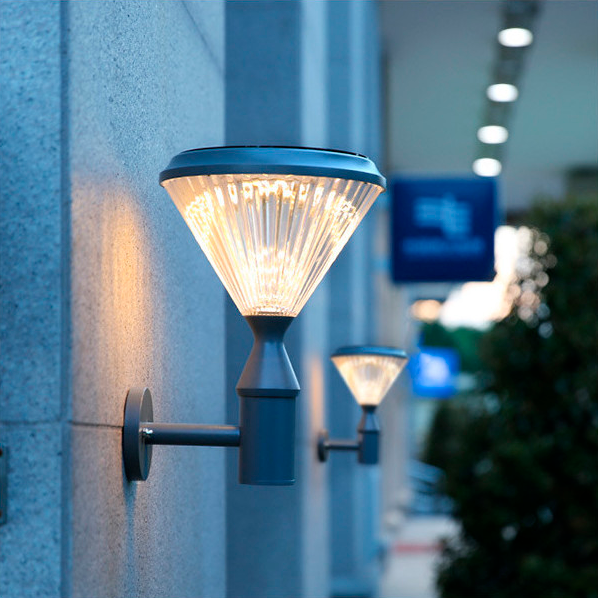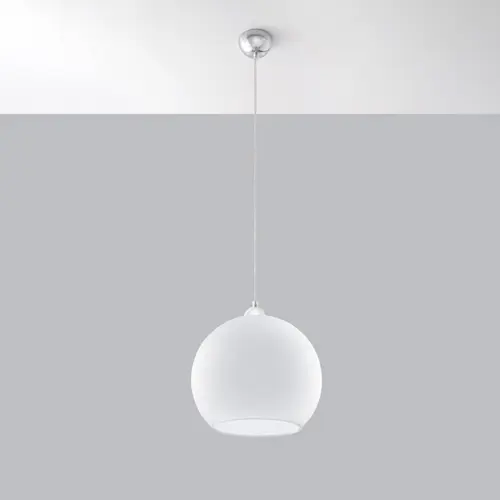What is a low power LED? How to differentiate between a low power and high power LED?
If each diode energy is above 0.5W and work current is above 100mA, the Light Emiting Diode is known as High power LED. If each piece power is below 0.5W and current is above 100mA, the Light Emiting Diode is known as Low Power LED. LED Light pieces energy use is just about 0.06W and current only 20mA.
Why choosing Low power LED for outdoors lighting?
Low power LED power have been implemented in various fields for years now. They're highly trustworthy and their heat emitting issues are mostly solved now, while high power LEDs are recent development products, wich reliability and heat generating issues are still unresolved.
Low power LED use as main light source for public spaces lighting can help solve reliability the aforementioned issues related to reliability and heat generation. For now, low power LED diodes have a higher luminous/power ratio than high power LEDS. Under the same circumstances, Public lighting LED with low power pieces use a higher number of LED diodes than a high power one, so a scientific light distribution design has been developed, offering the best use of LED lighting.
Why do LED light have to be protected agains lighting and power surges?
Outdoors LED lights (both low power and high power LED) are designed for use under harsh outdoors environments, therefore they are likely to be hit by extreme weather conditions such as lightnings. Public LED lighting are equiped with highly sofisticated electronics (which are not resistant against lightning bolts) so counting with an aditional lightning protection is a must.
Do high-pressure sodium lamps need Lightning protection?
A high-pressure sodium lamp is a simple structure, and does not include sofisticated electronic components, chips or other lightning sensitive parts. They high-pressure sodium light source is already shielded against lightning strikes. Therefore, a high-pressure sodium lamp does not need extra protection agains lightning.
Which are the benefits of low power LED lights?
Thanks to the adoption of patented hive light distribution technology, our low power LED powered lights offer advantages, such as a higher power efficiency, longer lifespan and more reliability, among others. Issues as heat generation and conduction have already been solved. Using vanguard electrical power surge shielding technology, our low power LEDs can be used under harsh weather conditions as storms, high-speed winds, high humidity, droughts, etc.
How much energy can LED lights save?
Low power LED lights use about 70% less energy than traditional sodium lamps, 90% less than incandescent lights, and 20% less than current high power street lights.
Is LED products input voltage limited to AC 100V-24V?
No, input voltage range will depend on the LED driver used. So we can appy different LED controllers to change input voltage. At any rate, we will de our best to comply with our customers needs.
What are "Lumen"?
Lumen is an international measure unit which refers to the amount of visible light from a light source. In example, an incandescent 60-Watt light bulb can produce around 800 lumen, while a LED light with the same power consumption could provide up to 5000 lumen. Lumen, is the measuring unit of luminous flux. It quantifies the total amount of light that can be achieved from a single light point. This unit takes into consideration the human eye sensibility as a response to different frequencies. It's measured in an spheric chamber, where various mirrors reflect the light in all directions towards the same sensor or array of sensors.
What is color temperature?
Color temperature determines light source color emision. Depending on the kind of use, different temperature lighs are used. LEDs can be found in Cold white light (~5500K) Natural white (4500K) Warm white (~3000K) and other colors (blue, red, green). Colors available are specified on the product page.
What is LUX?
Lux is basic illuminance la measuring unit, it measures the light amount that reaches an specific surface. It's the quotient between Lumen that reach said point inbetween it's surface. This way, Lux on an specific point vary in proportion to the distance to the light source. The further the light source is, and wider the angle, less illuminance. Most lighting requirements on a set-up are expressed in Lux. Lux are measured with a light meter.
Whats the emiting angle?
Emiting angle indicates the light focus from the LED lamp. It's determined by measuring from the angle of the direct axis to the angle where light intensity decreases by half, and multiplying the difference by 2. Beam angle choice also affects intensity of LED output.
What is TCC/CTT?
Correlated Color Temperature (CTT) is a visible light feature with important applications in lighting, and its directly related with the light tone the LED casts. A light with a CCT around 3000ºK will produce yellow-ish light, also known as warm white light. A light source with a CCT around 5000ºK will produce a pure white / blue-ish light, also called cold white light.
What is Solid State Lighting
Solid State Lighting refers to the kind of lighting that uses LED as lighting resources instead of electrical filaments or gases. The term "Solid State" refers to the fact that LED lighting is achieved from a solid object (A semiconductor block) instead of a void, or a gas tube, as it would be needed for traditional light sources. Because of the lack of gas inside the unit, LED lights are environmental friendly and much more shock resistant or vandalism.
Can I use LED on the same sockets as my old light bulb?
LED Lights are designed to replace 1:1 your traditional lights, using the same connections you already own. Installing process is as simple as switch one lightbulb with the other. At www.MasterLED.es you can find a wide range of information about the different kind of existing light bulbs and their LED equivalency.
Are there LED Lights to replace Halogen spots?
Dichroich 12V 50-Watt Halogen spotlights use only 10% of the energy they require to generate light, with the remaining 90% being heat generation. This situation makes them extremely inefficient. Besides, these kind of lights use a power supply to reduce voltage from 220V to 12V, which, by itself, uses between 6 and 12W of power. Working principle of halogen spotlights is based on heating the filament until it brights up and produces light. You could say they're mini heaters installed inside your ceiling, "burning energy" and provoking your Air conditioned unit to overwork in the summer. LED lighting to replace this kind of halogen lights use around 90% less energy, and have a 20-fold longer lifespan. A ~5-Watt LED light can replace a dichroic halogen lamp of around 35W, producing the same amount of light.
Why use LED for your lighting needs?
- Long lifespan (35,000 to 100,000 hours)
- Highly efficient enery use
- Environmental friendy, without dangerous materials. Mercury free.
- While using less energy, helps reduce carbon footprint.
- Does NOT produce infrared or ultraviolet light on its output beam.
- Capacity to cold-start from -40ºC
- Instant ON.
- Vivid, saturated colors without a filter.
When will I recover the initial investment?
For each 50-Watt halogen lamp switched to an equivalent luminosity Masterled LED light, we save around 40-Watt of energy, so with a daily 12 hours use, it means yearly savings of 16.2kwh. If we add maintenance and air conditioning savings, your initial investment could be recovers in less than 10 months.
Are all equally power rated LED light bulbs the same?
No. Besides the different kind of lights temperatures - Cold white, Natural White, Warm White, RGB, etc. (Cold white offers a higher luminous flux) Nowadays you can find LED lights in store chains, which, if cheaper, they offer a really low light intensity, and are only recommended as signaling devices or beacons, not with general lighing purposes.
Are LED Products capable of producing the same amount of light than the current light installation in my building complex?
Yes! Our research & developement team have made their best to develop the best LED products with high lumen output. In that regard, our products can generate the most amount of light while using the less quantity of watts possible.
I'm still undecided abour investing in LED technology.
MasterLed currently offers the newest LED technology. Our products can produce light that will save up to 90% of the energy used by traditional lighting solutions. Why waiting? Begin your savings now! It's said that LED lighting has an incesant flickering. While first-generation LED lights were known by its flickering and had a source that consisted on hundreds of small points, Masterled offers the latest generation in LED products, and we can assure you our products will NOT have a flickering effect, with an even light source, complying with every safety and quality regulation from the demanding European market.
Wht does Power-factor mean?
Power factor is a simple method of describing how much of the electricity contributes to the real power of a charge. A power factor rated 1 (unit, or 1.00) indicates the 100% of the current contributes to the charge power, while a 0 power factor tells us there is NO electricity contributing to the charge power.
Do Masterled Products interfere with electronic devices around them?
All our products have been EMR tested (Electro-Magnetic Radiation) All tests have proved our products DON'T interfere with any electronic device or component.
What's the warranty for Masterled Products?
All our products have a 2-year warranty as mandated by the CE.
Why does LED use less energy?
LED use less energy because they can produce light from a more efficient process. In example, incandescent lamps are based on heating up a tungsten filament until it's so hot it emits visible light radiation. This process emits infrared radiations (Heat) which, in itself, is not useful. LED is bases in electric luminiscence, a phenomena that won't emit infrared, and that makes them more efficient.
How much can I save?
Depending on the technology you want to replace, savings can vary. Generally, you can save between 50% and 80% of the light installation power. That makes a proportional saving, even bigger on the electricity bill.
How are lamps replaced?
LED lamps are designed to make the most of its use, and simplify the installation process, saving time and adapting to currently standard sockets (E27, GU5.2, GU10, G13...) and working under 230 VAC. This way, replacing an old lamp should be just a direct switching in most cases.
How much will a LED light bulb last?
LED average lifespan calculated by manufacturers goes around 50.000 hours without a clear loss of luminous flux (=<30%). This lifespan is conditioned by work conditions, given they must be installed with the adequate heat dissipation.
Why does my LED light flicker while powered off?
The issue resides in the low voltage LED need to work, in comparison with traditional incandescent or halogen light bulbs, so they are highly sensitive to small flyback voltage, or simply the second live wire on a tri-phase system, which keeps a small current amount even when you turn the switch off. A really easy to understand example is this: a pole test screwdriver will light up when touching the Line wire. The solution in a tri-phase system 380V is verifying the power interruption is made by cutting the Line wire, and not Neutral.
Possible solutions:
1 - Remove the light signal in the light switch from the circuit powering the LED Light bulb (This kind of switch are often made with a neon NE-2 light installed serially with a limiting resistance between 47K and 100K ohmn)
2 - In a tri-phase 220 system, cut the power to the light bulb using a bi-pole switch, meaning a swtich for both phases.
3 - An aditional solution is placing a parallel resistance next to the light bulb where the flyback occurs. This is a mandatory solution for way switches. It can be placed parallel to a capacitor o a 220K ohm resistance.
4 - Place a small relay to cut any electricity towards the light bulb.
36214, Vigo
Pontevedra
Pontevedra











